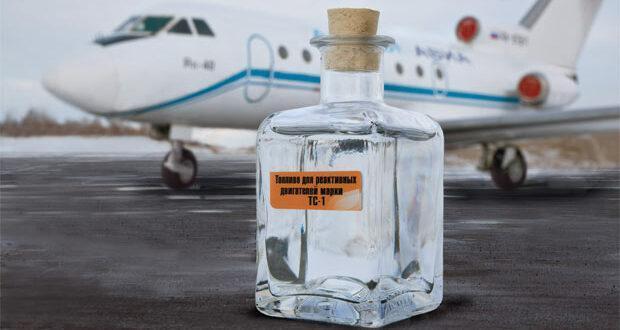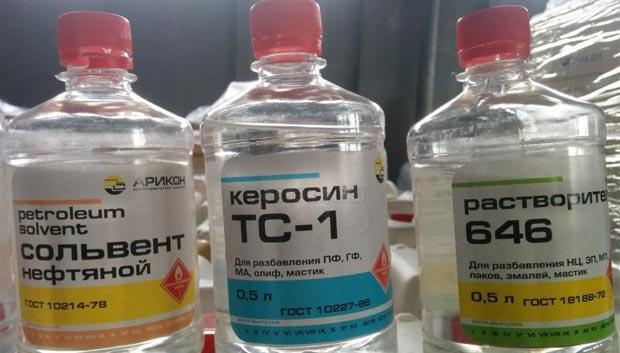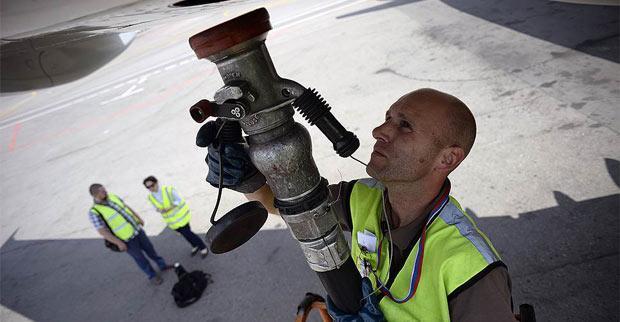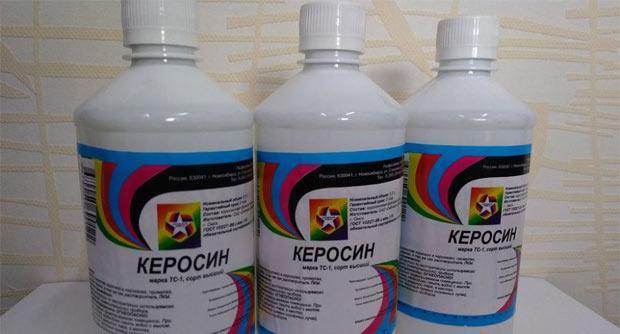
Kerosene TS-1. Fuel for winged vehicles
Features of production technology
Produced in accordance with the technical requirements of GOST 10277-86, TS-1 kerosene is used in aircraft that use subsonic speeds. The technology of its production does not differ from the generally accepted one, with the exception of stringent requirements that limit the presence of sulfur and sulfur-containing impurities. Therefore, after the standard stages of distillation of hydrocarbon raw materials, the semi-finished product is necessarily subjected to hydrotreatment or demercaptanization - processes of selective desulfurization of kerosene in the presence of nickel-molybdenum catalysts and hydrogen at process operating temperatures of 350 ... 400 ° C and pressures of 3,0 ... 4,0 MPa. As a result of this treatment, all available sulfur of organic origin is converted into hydrogen sulfide, which is subsequently split, oxidized and removed into the atmosphere in the form of gaseous products.


The reduced sulfur content in kerosene TS-1 causes a decrease in harmful oxidative processes that occur in a running engine. They contribute to the formation of surface deposits on parts, as a result, the strength of the metal is reduced.
GOST 10227-86 provides for two grades of kerosene TS-1, which differ in their performance properties and areas of rational use.
Features
The decoding of the brand in question is simple - the letters mean that it is Aircraft Fuel, the number means that the sequence of distillation of fractions in the production of fuel occurs in the first place, i.e., at the minimum allowable temperature - from 150ºC.


The main physical and chemical characteristics of the fuel, which are normalized by GOST 10227-86, are presented in the table:
| Parameter name | Unit | Numerical value | |
| For TS-1 premium | For TS-1 first grade | ||
| Minimum density at room temperature | t / m3 | 0,780 | 0,775 |
| Kinematic viscosity at room temperature, not higher | mm2/from | 1,30 | 1,25 |
| Minimum application temperature, | 0С | -20 | -20 |
| Minimum specific calorific value | MJ / kg | 43,12 | 42,90 |
| Minimum flash point | 0С | 28 | 28 |
| Mass fraction of sulfur, no more | % | 0,20 | 0,25 |
The standard also regulates the ash content of the fuel, its corrosivity and thermal stability.
With restrictions, it is allowed to use this fuel in the northern and arctic regions, as well as during long-term storage, more than three years (separation is possible, therefore the suitability of such kerosene is determined by the results of additional tests).


Properties and storage
The fractional composition of kerosene TS-1 contributes to:
- Uniform volatility of the fuel, which ensures a high degree of combustion.
- High energy intensity guaranteeing minimum consumption.
- Increased fluidity and pumpability, which reduces the intensity of surface deposits in fuel lines and aircraft engine parts.
- Good anti-wear properties (provided by the presence of additional additives that also increase resistance to static electricity).
When fuel is stored for a period of more than 5 years, the percentage of resinous substances in it increases, the acid number increases, and the formation of mechanical sediment is possible.


Storage of kerosene TS-1 is allowed only in sealed containers, which must be handled using only spark-proof tools. Fuel vapors spontaneously ignite already at temperatures exceeding 25ºС, and at a volume concentration in air of more than 1,5%, the mixture is prone to explosion. These circumstances determine the main conditions for safe storage - serviceable electric lighting, protected electrical fittings, the absence of sources of open flame, effective supply and exhaust ventilation.
It is allowed to store kerosene of the TS-1 brand together with other similar brands of fuel - KT-1, KO-25, etc., if the warehouse is equipped with carbon dioxide or foam fire extinguishers. All work with fuel should be carried out using personal protective equipment.

